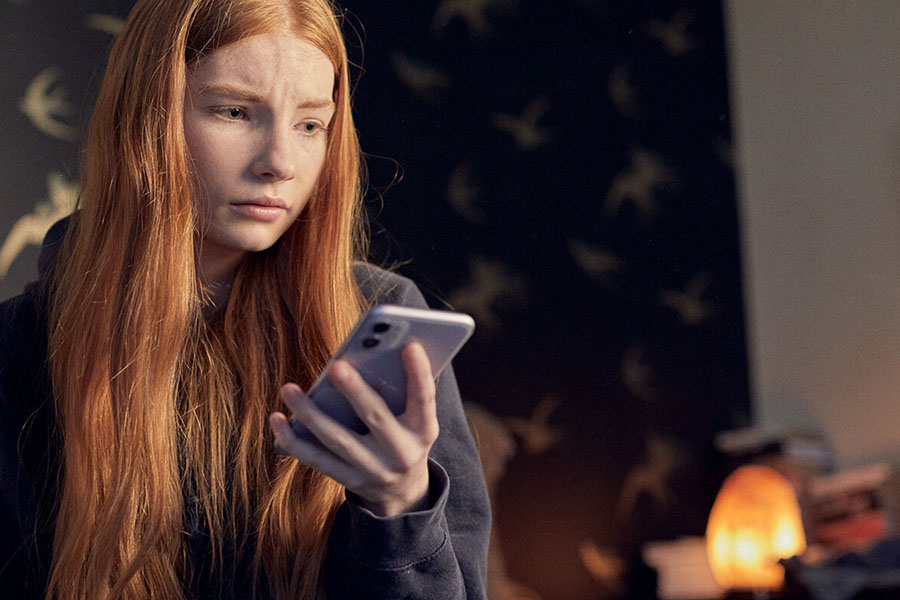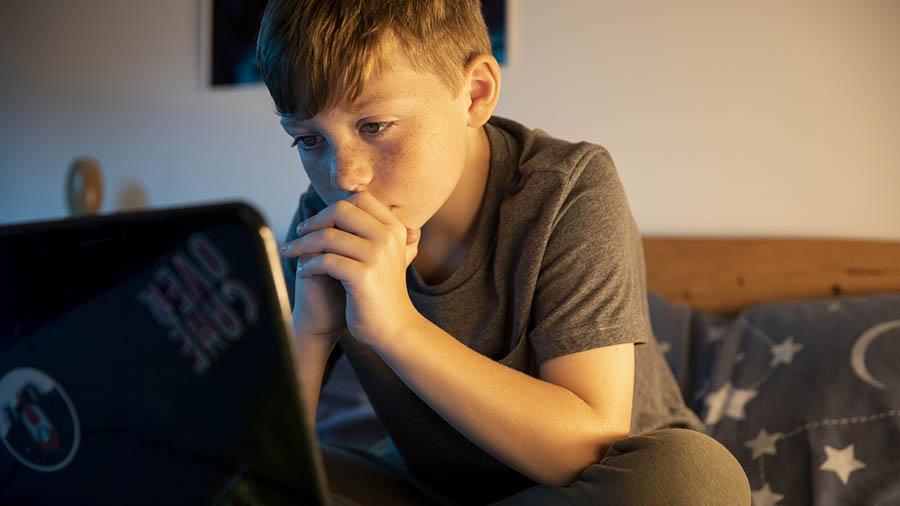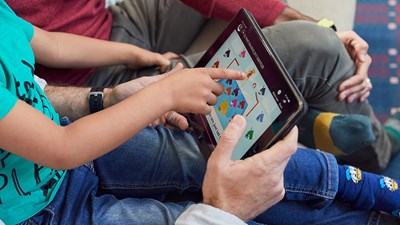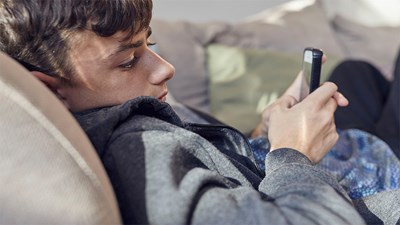Harmful content disguised as support
The internet can be a source of support for many young people who are struggling to cope with worrying or confusing feelings. It can allow them to access information and chat to other people who may be experiencing the same thing.
However, online platforms can also provide them with opportunities to view upsetting and graphic content that could cause them harm, including pro-eating disorder and pro-suicide and self-harm.
Content like this can be viewed on most online platforms including social media, video-sharing platforms and via a website browser. It can be shared further on online forums, message boards and groups that have been set up for people experiencing similar feelings. These types of content can take many forms:
Content that promotes eating disorders can come in the form of:
- personal accounts
- diet tips and weight loss tips, which promote harmful and extreme methods which may put someone’s health at risk
- images and videos of celebrities or people who have dealt with eating disorders
- memes, videos, images and blogposts
- groups for people experiencing eating disorders to share tips
- news stories.
Content that promotes suicide and self-harm can take these forms:
- personal accounts
- images and videos sharing tips about self-harm and suicide, including content that actively promotes it and shares methods
- online communities for people who are experiencing suicidal or self-harm thoughts
- news stories that discuss suicide or self-harm
- memorial pages for people who have died by suicide
- online challenges or hoaxes that may encourage someone to take part in an activity that could cause them harm.
Content that promotes harmful messaging about mental health conditions:
- harmful advice and incorrect information about medical conditions disguised as from health professionals
- in-depth stories and sharing of content linked to anxiety and depression
- online communities sharing messages of hopelessness and despair
- stigma about mental health conditions and those who experience them
- personal accounts.
Positive online content
Going online can also play a key part in a young person’s recovery. Some online platforms can be a great resource to find encouraging and supportive advice that can help someone who is experiencing bad mental health or an eating disorder. This type of content can come in many different forms but might include:
- support groups
- vlogs or videos where people share recovery progress, tips and advice
- inspirational quotes or memes.
I'm worried that my child may see / have seen this content
Worrying that your child may see this kind of content or finding that your child has seen this kind of content, can be upsetting for any parent. But there are things you can do to support them and help limit further exposure.
- use parental controls to limit harmful content being accessible on a device
- work with your child to set wellbeing controls such as setting screen time limits for apps, or setting a ‘bedtime’ control for their device to help them take a break.
- support them to report the content
- discuss how to unfollow accounts that may be posting content
- discuss with your child about safe browsing
- share ChildLine content with them
- have open and honest conversations tackling difficult topics as often as you can
- use our advice on supporting your child if you think they may be suicidal
- access further support services listed below.
How do young people find this content?

You don’t have to actively search for something to see it, although some children may do this. Most social media and video sharing platforms use algorithms to show us content based on our interests, so if you’ve searched for recipes, it will show you more recipes.
Social media algorithms are a way of sorting posts in a users’ feed, based on relevancy, instead of publish time. What’s taken into account are things like previous interactions, engagements, current trends, and viral content.
Platforms will also test out different types of content with similar themes to see how we interact, so it knows what to show us in the future. For example, someone who is viewing healthy recipe videos on TikTok may be more likely to be served a video promoting exercise.
This can also mean that a child could see more extreme content than they were searching for such as low-calorie restriction rather than generally healthy recipes.
How do children feel seeing this content?

Content that is harmful to one person, might not be to another, and may depend on how they are feeling in the moment that they see it. This means that someone might not always realise when they have viewed something harmful.
If a young person is already experiencing low self-esteem or worrying thoughts relating to body image or mental health, then coming across more extreme content could negatively impact them without them realising. It can also be searched for using key words associated with the topic and hashtags.
It can be harder for young people to recognise when something could be having a negative impact on their behaviour. Viewing these types of content online and hearing other people’s experiences can make them feel less alone. But after a while it can make how they are feeling much worse, and it’s important that they know how they can seek support.
Worried about a child?
Contact our Helpline by calling 0808 800 5000 or emailing help@NSPCC.org.uk.
Children can contact Childline any time to get support themselves.
Further support
Eating disorders:
- Beat has lots of support for young people experiencing eating problems, including a helpline
- Childline has more advice on the support available for those experiencing eating disorders or other eating problems.
Self-harm and suicide:
- Childline has advice for children having suicidal thoughts and information and tips for dealing with self-harm
- PAPYRUS Prevention of Young Suicide is a UK charity dedicated to the prevention of suicide and the promotion of positive mental health and emotional wellbeing in young people
- R;pple Suicide Prevention Tool is free browser extension that signposts people who have searched for suicide or self-harm content to mental health support and advice. You should consider adding this extension to any computers your child has access to
- Samaritans is for anyone who’s struggling to cope or who needs someone to listen without judgement or pressure
- The OLLIE Foundation provides advice on how to talk about suicide.





